
Traveling should be exciting — discovering new places, trying new adventures, making unforgettable memories. But for many travelers, reality sometimes looks very different: endless waiting, poor organization, surprise costs, dangerous treks, and shattered expectations.
Here’s a complete guide to protecting yourself from frustrating, unsafe, or disappointing tours, packed with real traveler experiences and hard-earned lessons.
1. Research, Research, Research

Before booking any tour, dive deep into the latest reviews, not just those from a year ago. Repeated complaints about endless waiting, poor organization, surprise costs, or dangerous conditions should not be ignored.
If you see patterns, trust them. Tourists regret not believing complaints about long delays, hidden fees, and poor guide behavior.
2. Understand the Full Itinerary
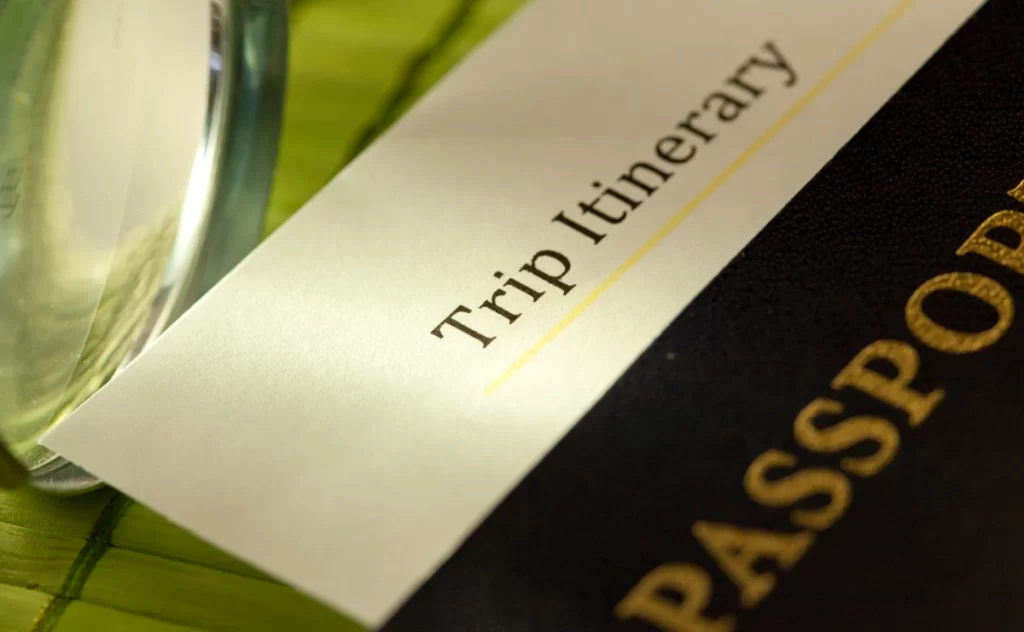
Ask for the minute-by-minute breakdown of the day.
Many travelers complained they spent 4 to 6 hours simply waiting for boats, transportation, or for others to finish paid add-ons.
Knowing exactly how much time is spent on transportation versus activities saves you from wasting an entire day with only 30–45 minutes of real enjoyment.
3. Confirm Transportation Logistics
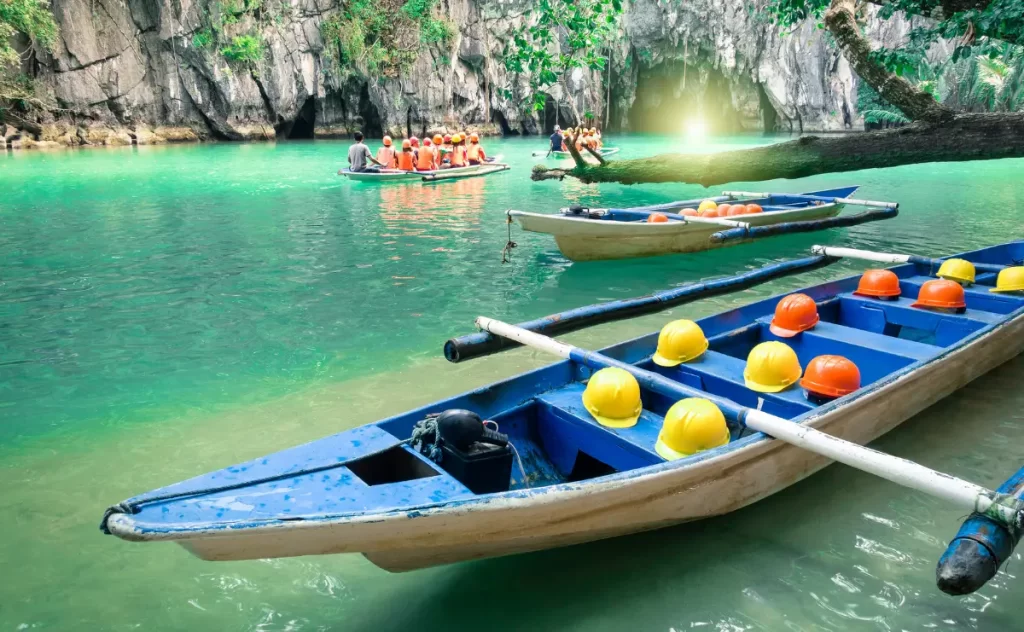
In some cases, bad weather forced boat tours to shift to exhausting, muddy treks. Others found themselves in unsafe fast-driving situations as guides rushed to make up time.
Always ask:
- What happens if the boat is canceled?
- How do we return to the port?
- How long are we expected to wait for boats or vans?
4. Double-Check DIY Trip Costs

Some travelers thought doing a DIY tour would be cheaper, but after adding entrance fees, environmental fees , mandatory audio guide rentals , and boat fees, it ended up costing around more plus private transportation.
It turned out to be just as expensive as booking a package tour.
Always compute the real DIY cost before deciding.
If Plans Change: Stay Safe and Smart
Sometimes weather or logistics will force a tour to change at the last minute. This is when good preparation really matters.
5. Ask for Full Details About the New Plan
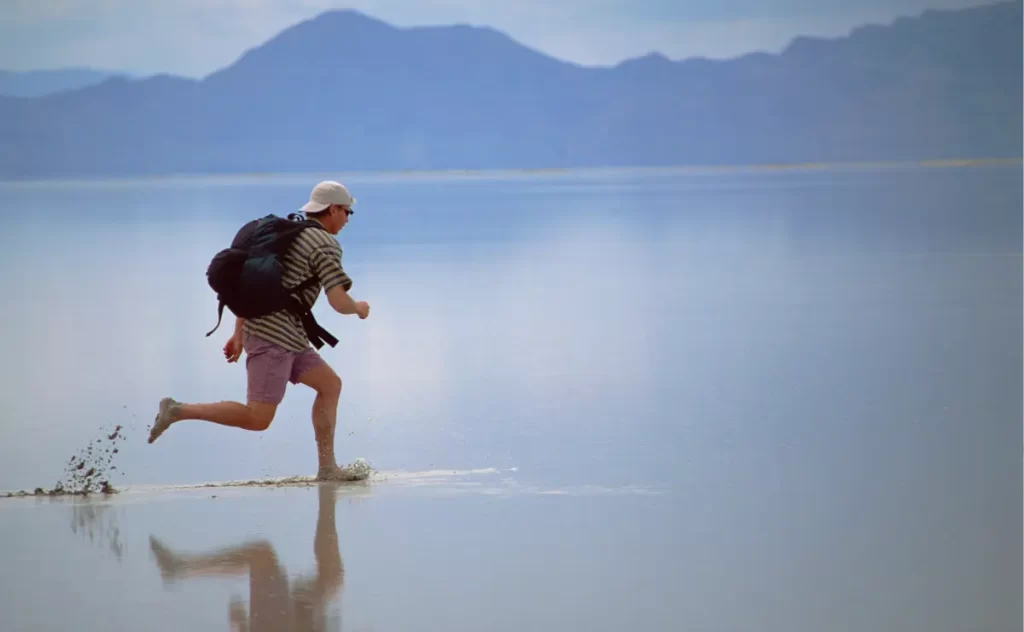
In one case, travelers thought a “2-hour walk” was a short detour.
In reality, it was a brutal 2-hour one-way hike through steep, muddy terrain, requiring ropes for balance.
Always ask for:
- Distance
- Difficulty
- Proper footwear
- Emergency access
before agreeing to the new plan.
6. Never Trust Casual Footwear Advice
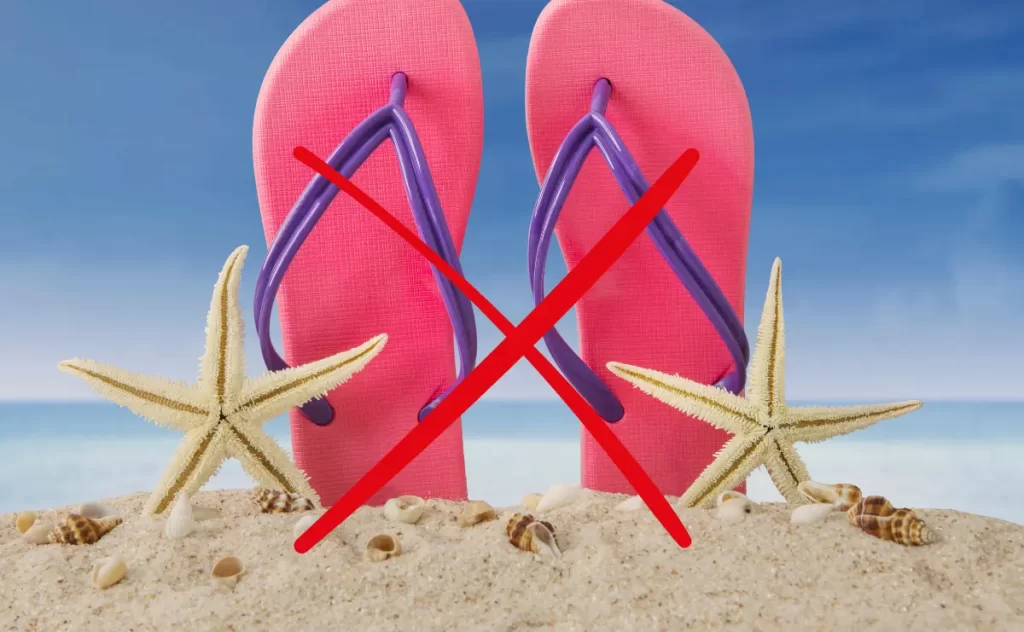
Some tour guides will advise guests to wear flip-flops for a muddy mountain hike.
It was disastrous: flip-flops offered no grip, causing slips, falls, abrasions, and bleeding injuries.
A nurse later confirmed it was terrible advice and that proper hiking boots should have been mandatory.
Always stick with supportive, non-slip footwear for any nature trek.
7. Be Physically and Mentally Prepared
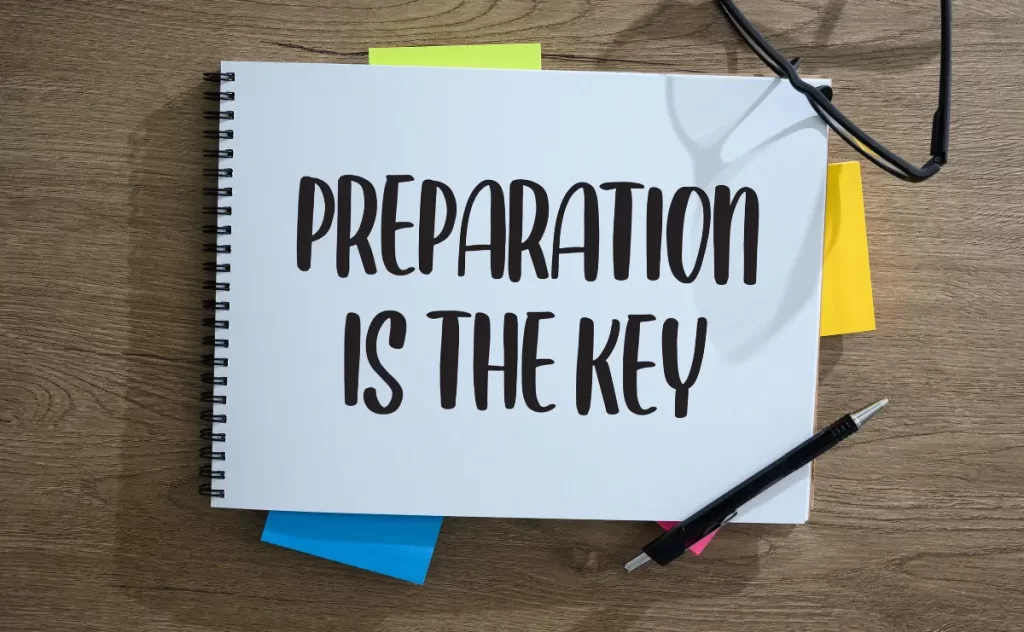
Sprained ankles, falls, and exhaustion happen quickly in such environments.
Prepare yourself mentally as well as physically, and know when to turn back.
8. Bring Essential Supplies
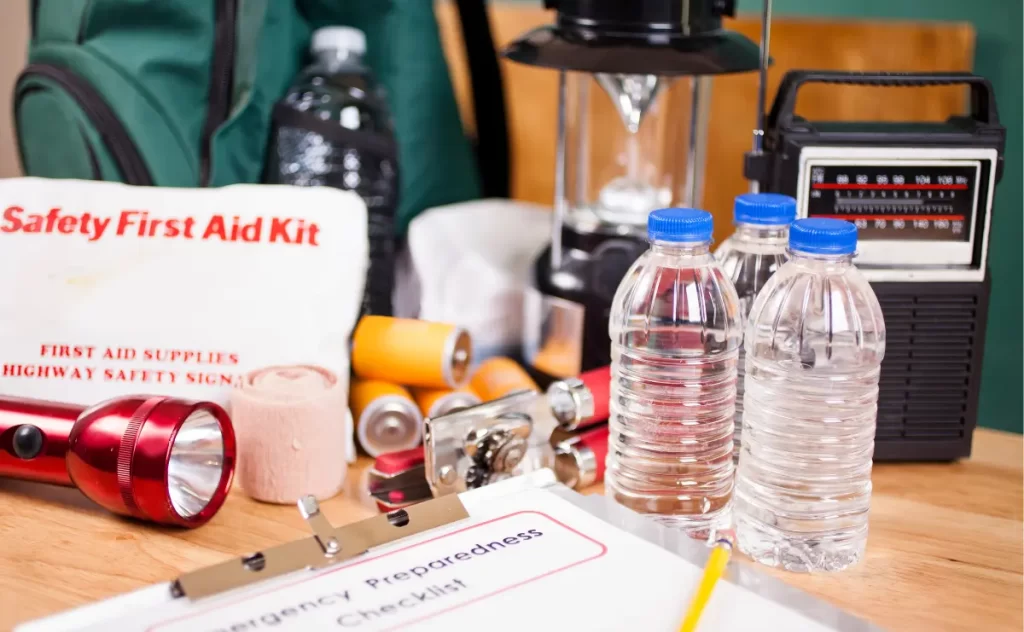
Many travelers had to wait hours with no access to water, food, or shade.
You should always pack your own:
- Water (minimum 1 liter)
- Snacks (protein bars, nuts)
- First aid kit (band-aids, antiseptic wipes)
- Power bank (especially if stranded)
- Sun protection (hat, sunscreen)
Waiting at a remote dock or hiking uphill under the sun without supplies can ruin your day or your health.
9. Protect Your Belongings
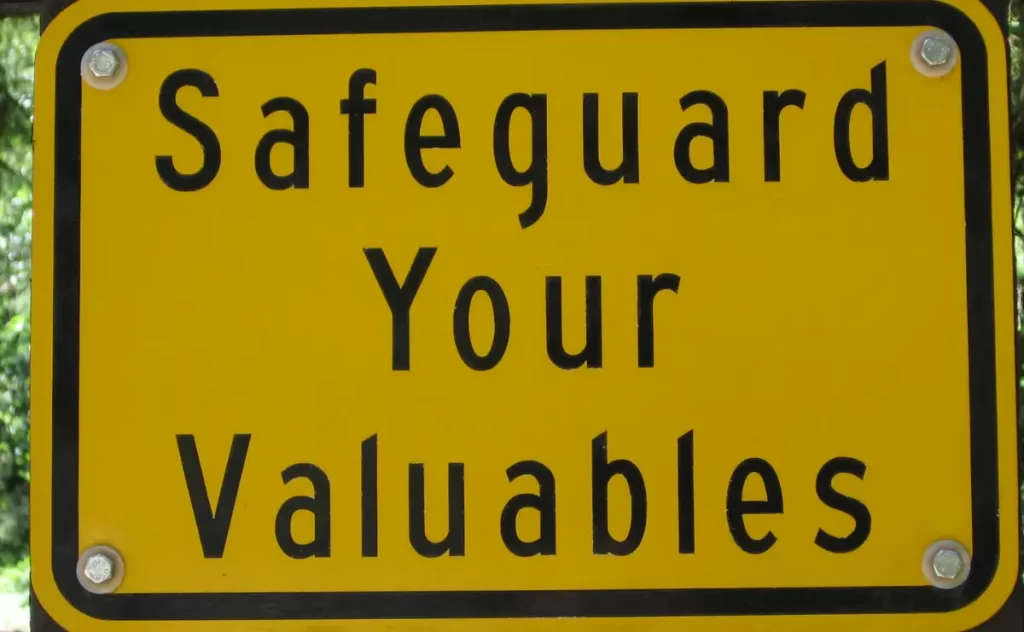
When travelers were separated from their guides, they realized their valuables were left in vans without access.
In another case, no one knew who their driver was, and guests feared they were abandoned.
Always keep important belongings with you, including your ID, phone, cash, and a portable charger.
10. Trust Local Help if Needed

When things went wrong and the guides disappeared, locals and national park employees were often the ones who helped stranded tourists.
One traveler even received a motorcycle ride from a kind local after suffering foot injuries.
Be polite, respectful, and open to local assistance if your official guide fails you.
11. Speak Up if You’re Uncomfortable

When an injured tourist confronted a guide about giving dangerous advice, he brushed them off rudely and blamed them for their complaints.
If you feel unsafe, speak up early.
Refuse to continue if your gut tells you a situation is not right.
Your safety is more important than hurting a guide’s feelings.
Red Flags to Watch Out For Before Booking

12. “20 Minutes” Always Means Longer
Sometimes “20 more minutes” is actually meant 2 to 3 hours of waiting.
Some operators consistently underestimate waiting times, it shows poor planning and a lack of respect for their guests.
13. Surprise Upsells Waste Your Time
Tourists were often forced to wait because other group members were sold “optional” activities.
This caused entire groups to spend hours doing nothing.
Avoid tours where “upselling” is common or not disclosed beforehand.
14. Vague Itineraries are Trouble
When tour companies say “we’ll figure it out as we go” or can’t tell you exactly what happens after each stop, that’s a major red flag.
Professional tours are clear, structured, and honest about what the day looks like.
15. Tours Lasting Way Longer Than Promised
Many tours were advertised as 8 hours but dragged out to 10 or even 12 hours with no real added value.
This led to frustration, exhaustion, missed dinners, and even guests having to rent private transportation to escape the tour.
Avoid any tour company with multiple complaints about tour lengths.
Should You Even Visit Certain Attractions?
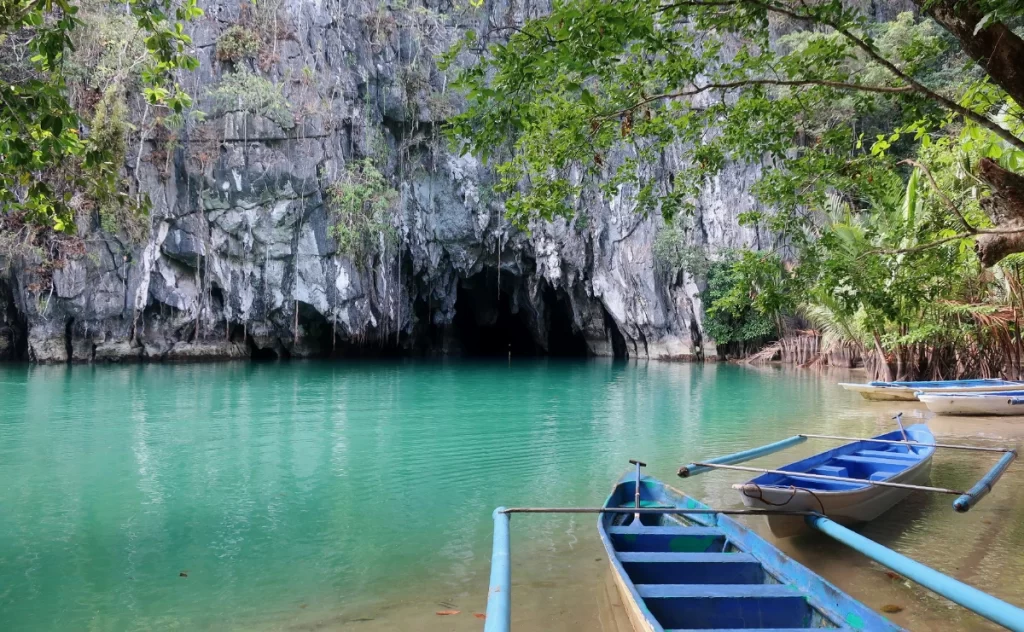
16. Underground River — Worth the Hype?
Some travelers described an Underground River tour as underwhelming compared to the long, expensive journey needed to reach it.
For a 30 to 45-minute boat ride, travelers lost entire days and paid high prices.
Watching a documentary or video online might honestly give you 80% of the experience without the hassle.
17. Poor Value for Money
When you factor in waiting times, hidden fees, low time spent at the main attraction, and high transportation costs, some destinations are simply poor value.
Think carefully before committing your limited vacation days.
Practical Tips for a Smooth Trip
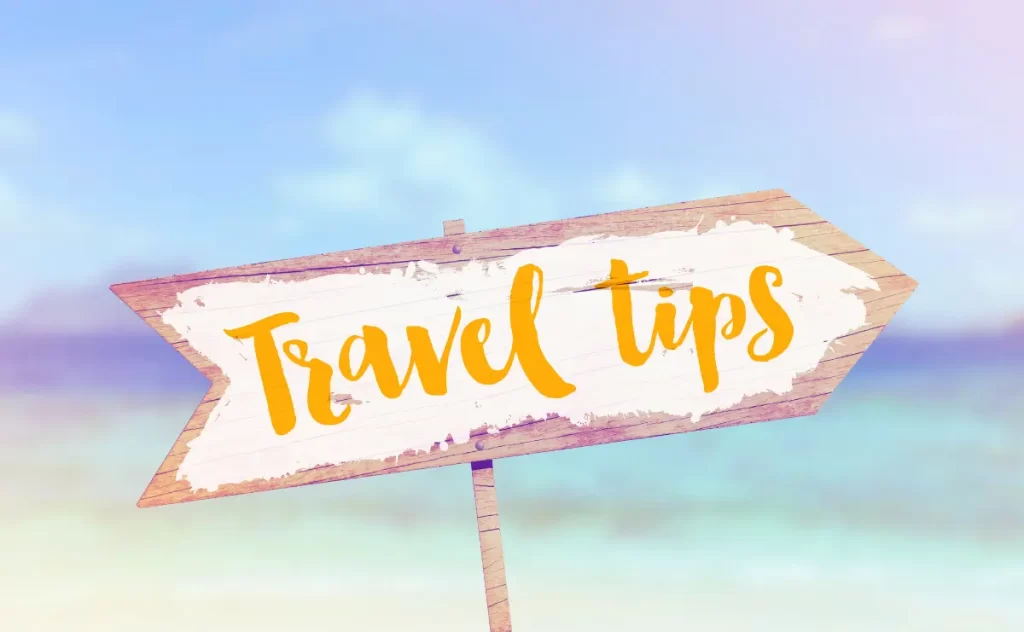
18. Book Morning Tours
Morning departures mean calmer weather, fewer crowds, faster transportation, and fewer delays later in the day.
Early birds have a much smoother experience overall.
19. Choose Smaller Groups
Small groups move faster through check-ins, transportation, and activities.
Large groups increase the risk of delays, missed departures, and more upselling stops.
20. Always Have a Plan B
Bring extra cash for taxis or tricycles if you need to exit a disastrous tour.
Save the phone number of your hotel or a trusted local contact.
Use apps for ride-hailing if available in the area.
Having a backup plan can turn a bad day into a saved adventure.
Final Thoughts

Your vacation time is precious. You deserve tours that leave you thrilled, not frustrated, stressed, or injured.
By staying informed, asking the right questions, and trusting your instincts, you can avoid the common traps and create unforgettable travel memories for all the right reasons.